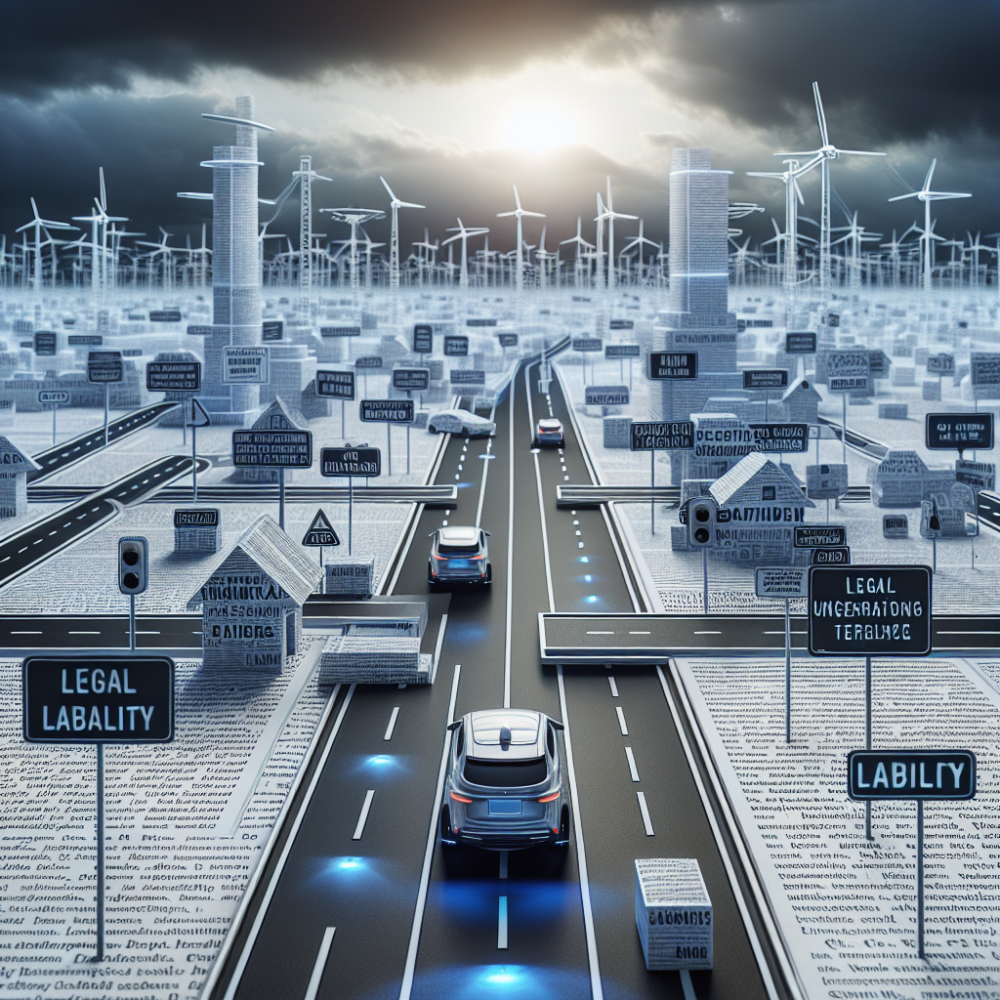Navigating the Liability Landscape of Self-Driving Cars

Posted on: Saturday, March 2nd, 2024
The question of liability in accidents involving autonomous vehicles (AVs) is complex and evolving. As technology advances and AVs become more common on public roads, traditional models of automotive liability are being challenged. Accommodating these vehicles within the current legal framework requires addressing who or what is at fault in the event of a collision - the human operator, the vehicle manufacturer, the developer of the autonomous driving system, or a combination thereof. This guide aims to provide a comprehensive overview of the current state of liability considerations for autonomous vehicles.
1. The Traditional Liability Model: Traditionally, vehicular liability has largely been based on driver error. In the era of autonomous vehicles, this model is insufficient. When an AV operates in its autonomous mode, determining liability becomes inherently more complex as the "driver" is no longer a human but an algorithm.
2. Manufacturer Liability: With the advent of AVs, there's a significant shift towards holding the manufacturers liable for accidents. This is underpinned by the argument that if the vehicle's software or hardware is at fault, the manufacturer should be responsible. This notion aligns with product liability principles, placing the onus on manufacturers to ensure their vehicles are safe.
3. Technology Provider Liability: Apart from the manufacturers, technology providers who supply the autonomous driving systems can also be held liable. This includes software errors, flawed algorithms, or failure of the vehicle to react appropriately in certain situations. Establishing this liability requires proving that the system was defective at the time of the accident.
4. User Liability: Even in fully autonomous vehicles, there might be scenarios where the user (former "driver") could be held responsible. This might include failure to maintain the vehicle properly, ignoring software updates, or tampering with the vehicle's systems. However, as vehicles become more autonomous, user liability is expected to diminish.
5. Shared Liability Models: Given the complexity of autonomous vehicle operations, some jurisdictions are considering shared liability models. These models distribute the responsibility among parties based on their contribution to the accident. Such an approach acknowledges the multifaceted nature of AV accidents.
6. Insurance Adjustments: The insurance industry is adapting to the reality of AVs by developing policies that reflect the new liability paradigms. This could include policies that cover manufacturers and technology providers, in addition to or instead of traditional driver-focused policies.
7. Regulatory Frameworks: Nations and states are crafting regulations to address AV liability. These laws aim to clarify who is responsible in the event of an accident and under what circumstances, providing a legal framework that can guide the adjudication of AV-related incidents.
8. The Role of Data: In accidents involving AVs, data from the vehicle's sensors and systems becomes crucial in determining liability. This data can provide a detailed account of the vehicle's actions leading up to the accident, offering insights into systems' performance and potential faults.
9. Ethical Considerations: Liability discussions around AVs also encompass ethical considerations, particularly regarding decision-making in unavoidable accidents. The programming of these vehicles to make ethical decisions in critical moments involves complex moral judgments, further complicating liability determinations.
10. Looking Forward: As technology progresses, the legal frameworks surrounding autonomous vehicle liability will continue to evolve. Stakeholders including lawmakers, manufacturers, insurers, and consumer advocates must engage in ongoing dialogue to ensure that liability models remain fair and effective in promoting safety and innovation.